Why ADR Just Might Be Filmmakers’ Secret Weapon
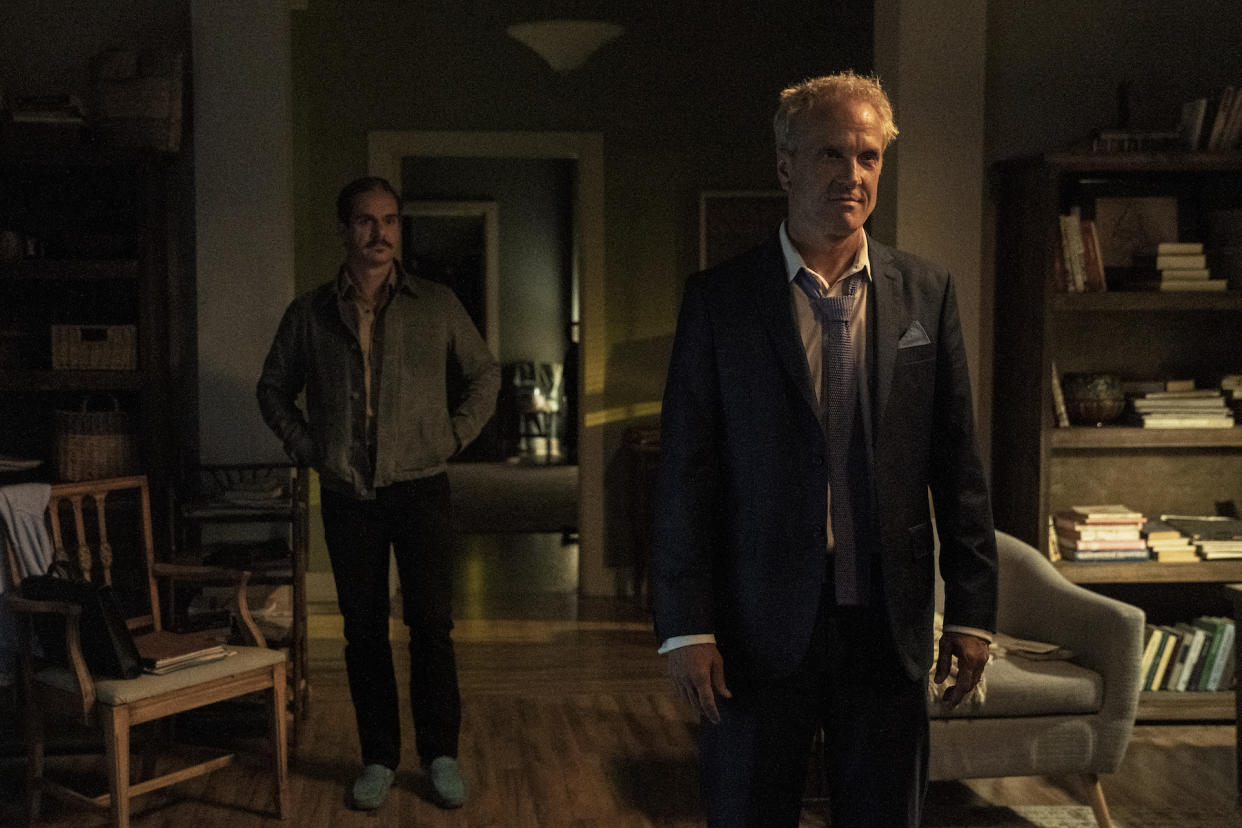
- Oops!Something went wrong.Please try again later.
Kathryn Madsen, the dialogue editor on plot-rich dramas from “Better Call Saul” to “The White Lotus,” has another, even more impressive credit to her name — at least according to Aaron Paul. “He used to call me the goddess of ADR,” Madsen told IndieWire.
The title is perhaps appropriate because ADR, like a lot of the tricks and techniques that fall into the bucket of “fixing it in post,” is a kind of divine intervention. Or at the very least, it’s a good object lesson in how isolated the components of filmmaking are and what a miracle it is that they come together to tell a single story.
More from IndieWire
ADR stands for automatic dialogue replacement. It’s the process by which films and television shows replace “production sound,” or sound captured on the day of shooting, with dialogue recorded later and for a variety of purposes.
“The first iteration of a show is what the writer has written. And then the second iteration of a show is the edited version of the show. Sometimes scenes are edited into different versions from what they were originally written to be, and sometimes [the editors] will need to shorten scenes, to take parts out of a scene,” Madsen said. “They’ll need additional dialogue to be recorded either [because] something was cut and you need to have something explained. You need to add dialogue to get from Point A to Point B and have it still make sense. Sometimes you’ll add lines if something isn’t clear.”
Of course, sometimes ADR is needed because something went wrong with the production sound — in the heat of an emotional performance, an actor flubbed a word, environmental noise or animals make their voices heard. In the case of “Better Call Saul” Season 5, which memorably caught some goats on mic that were deeply unimpressed with Gus Fring (Giancarlo Esposito), ADR offers the opportunity to preserve the intensity of Esposito’s performance and give Gus the gravitas his words deserve.
But the value of ADR for Madsen when it comes to “Better Call Saul” — about to have its last hurrah as the back half of Season 5 is up for Emmys this year — is largest in some of the smallest substitutions the show had to make. During Howard Hamlin’s (Patrick Fabian) final scene, during what Madsen called his “Emmy take,” Fabian dropped a syllable in the heat of the moment. “There’s one time when he said the word ‘true’ — he’s acting, [he’s emotional] so he left out the ‘r’ and it came out sounding like two, rather than true. But you want to be able to use that fantastic, amazing take. [That’s] what we can do with ADR,” Madsen said. “You get to keep the amazing take and I’m really proud that you cannot tell. It sounds just like when they recorded [his dialogue] on the day.”
But the process of ADR couldn’t be more removed from the environment of a set. With series, ADR usually involves just an actor in front of a microphone and a monitor, with a recording engineer, sound editor, and sometimes a writer or showrunner looking on in a sound booth or over Zoom. Dhyana Carlton-Tims, the co-supervising sound editor on “Poker Face” and supervising dialogue editor on the sound-forward “Nope,” among other projects, thinks about incredibly minute details in order to help get even small pieces of performance sounding seamless.
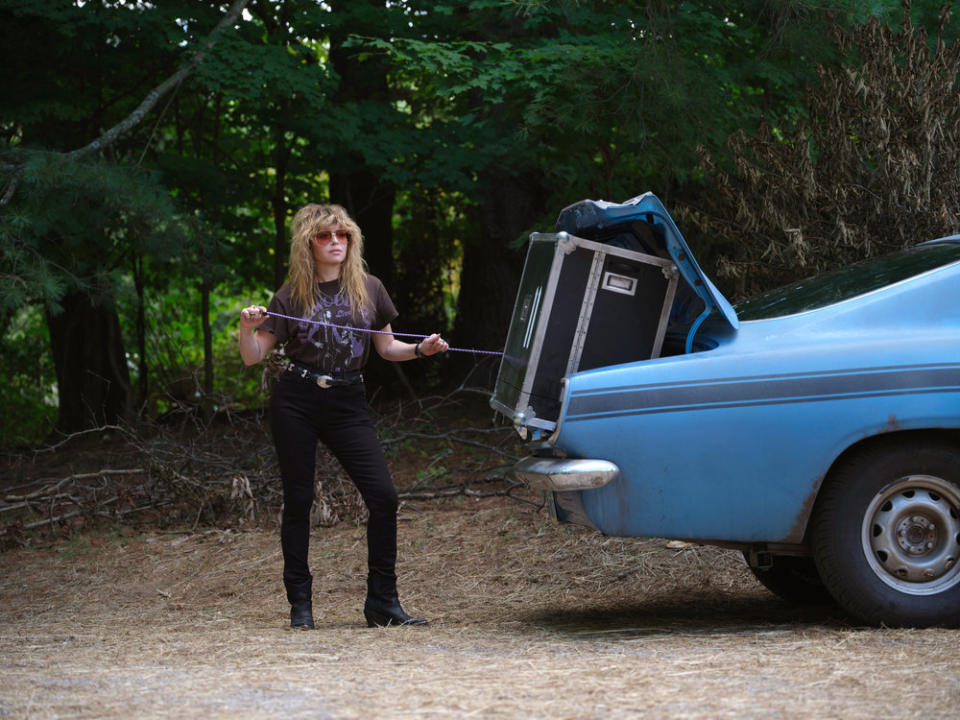
“So often the note I give is just to add a little movement into [the actor’s] voice. If they’re in motion, just adding a breath,” Carlton-Tims told IndieWire. “Just adding a physicality in their core really makes a huge difference. It makes you feel so real, adding a little exhale to a line.”
Carlton-Tims and most ADR editors’ process with actors to replace or augment existing dialogue will begin with watching the line in question a few times in a row and then talking about the mechanics of the dialogue: where the breaths are, the quality of the room, and the volume of the line. “It’s really important to match projection levels, especially if [the scene is] an exterior,” Carlton-Tims said. “It’s really about matching projection and matching pitch.”
When ready to record, the engineer will play back the sequence for the actor, with three beeps queuing them to the right moment to speak on a fourth, phantom beat — the audio equivalent of playing your choice on “rock, paper, scissors, shoot.” The same process is used for dubbing entire films and series into English, although other techniques put a dubbed voice slightly after the original speaker’s for artistic reasons.
“I always think back to ’90s indie films. One of the hardest things about them was the sound. Especially like the dialogue clarity, that would always lose me,” Carlton-Tims said. “I’d just be like, ‘I can’t understand what the hell they’re saying!’ They’re standing on a busy street in Manhattan and it’s just — I’m getting frustrated. So that’s where sometimes ADR can really save the day. It really is just getting that clarity.”
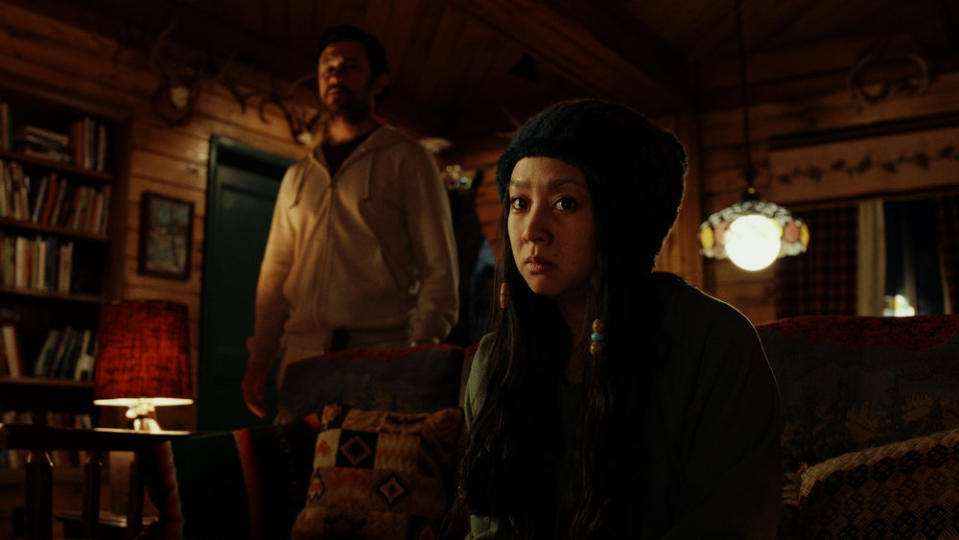
Then there’s an entirely other use because microphones are only picking up the main characters’ dialogue. The ADR team also helps in the creation of atmospheric sounds, sometimes called “wild” sound: the buzz of a crowded restaurant or the roar of a crowd at a concert. “That’s something that a lot of people don’t realize is part of the process,” Carlton-Tims said.
“We bring in voice actors for [that background sound]. So for ‘Poker Face,’ we actually had eight actors per episode, and that cast changed depending on the needs of the episode but we created all these diverse settings: metal rock groupies, casino patrons, barbecue patrons, an old folks home, race car fans. And of course, we use sound library pre-recorded stuff but to really give it that realism, to hear a couple pass you by, especially if it’s mixed in surround sound, it’s really nice to have that immersive experience,” Carlton-Tims said. The sense of immersion is essential to a roving series like “Poker Face,” which is making part of its Emmy case through each episode feeling like a completely new part of the country, almost an entirely new world.
Increased immersion and a deeper sense of the action onscreen is also the goal behind a lot of “efforts” added in ADR. It can be as simple as, on “Poker Face,” Charlie Cale (Natasha Lyonne) adding a grumbled aside as she lugs a box up a driveway in Episode 8. “[In that scene] she just makes a little thrown-away comedic line and she was able to get the breathiness level and it was just so perfect,” Carlton-Tims said. “Those are my moments where, OK, it’s improving the scene. It would’ve gotten lost because there was all that gravel and stuff on the ground [on location] and to lose that opportunity to laugh at the great writing or the great improv on Natasha’s part, you know — it doesn’t have to be that way.”
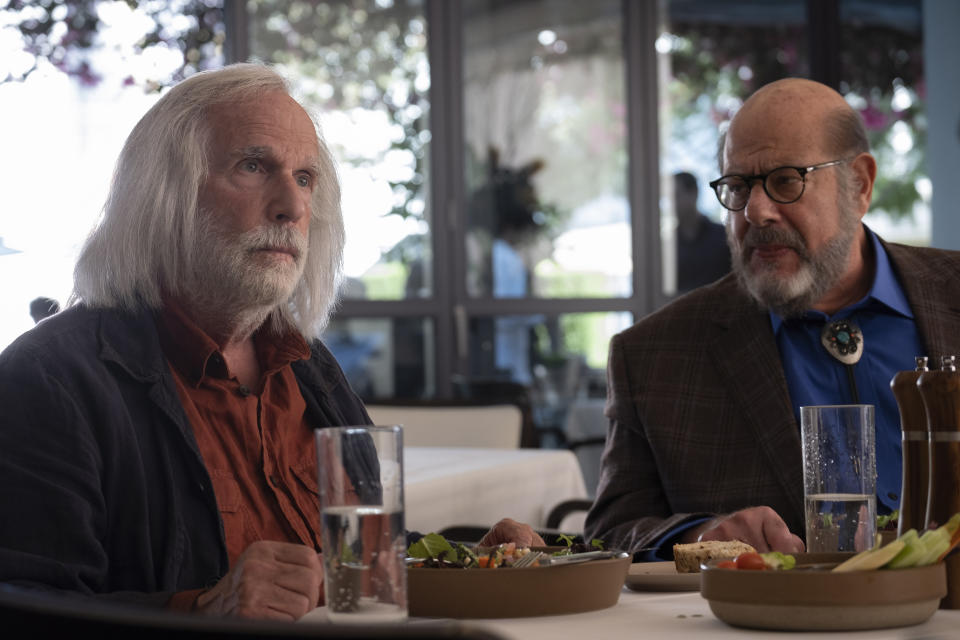
There’s the opportunity to enrich a scene through ADR sometimes even when there’s minimal dialogue. Sean Heissinger, a dialogue editor on everything from “Mythic Quest” to “Star Trek: Strange New Worlds,” really got to accentuate the comedy and the darkness on the final season of “Barry.” In Episode 3 of Season 4, when Gene (Henry Winkler) and Tom (Fred Melamed) break into a reporter’s (Patrick Fischler) home to cover up speaking to him, much of their rampage through the house was captured in ADR: about 80 percent of what the audience hears, according to Heissinger.
“There’s a lot more prep work for that. We tried to get them to come in together to do the session together so they could bounce off of each other, but the schedules wouldn’t allow for it. So we had Henry come in first and tried to break it into sections,” Heissinger told IndieWire. The sequence, filmed with the deadpan long takes that are a staple of “Barry,” allows Gene and Tom to scramble in and out of frame, providing natural entrance and exit points.
“Then when Fred Melamed came in to do his part, we let him listen in his headphones as he was doing his [lines] to the stuff we had recorded for Henry. So he was able to perform off of that. When Fred’s in the back throwing the computer into the pool, he did what we call ‘wild’ takes where we’ll have the beep so he knows when to come in and then just let it record. He’ll do a series of them in a row of his little efforts and he did 10 different efforts for the throw, and every single one of them made me laugh so hard,” Heissinger said.
The important thing that ADR can accomplish — besides the joke of Fred Melamed sounding like he just fought a hippo and won — is to guide the audience’s attention with sound, even if they’ve lost track of the character visually. It’s something that “Barry,” in particular, is adept at, leaning on sound to convey tone and suspense to a degree most other Emmy contenders for Best Comedy don’t attempt. “You have to keep the breathing alive, keep them alive with the right breaths and time it out to where their next line is,” Heissinger said.
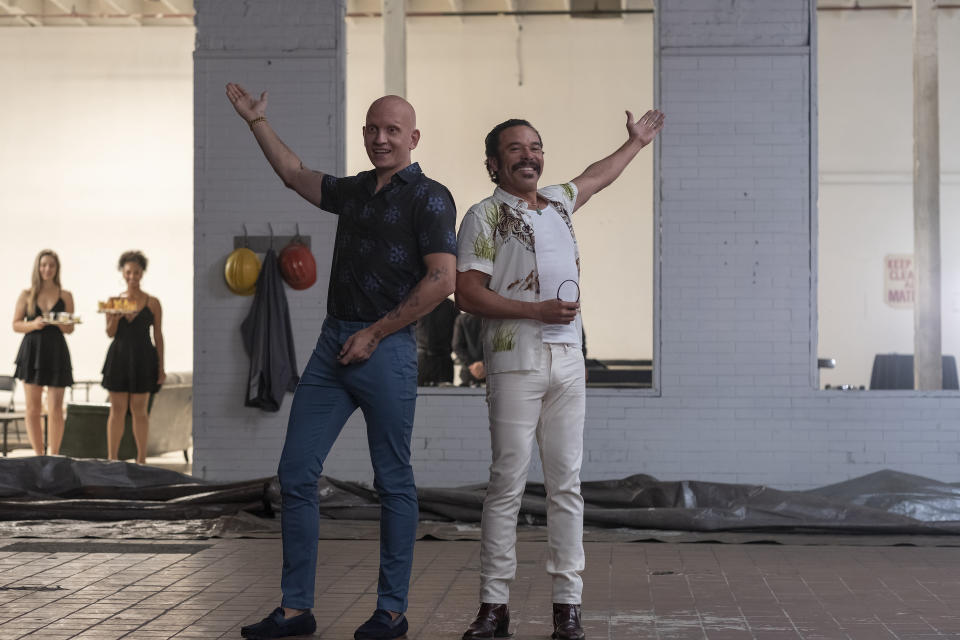
A number of tools can lessen the amount of technical ADR needed on a project; Madsen, Carlton-Tims, and Heissinger all attested to working wonders with iZotope RX, a suite of audio repair tools and filters to isolate and erase unnecessary sounds. But no solution is ever fool-proof, and sometimes the ADR process itself brings a little something extra to a performance. Michael Irby, who plays Cristobal on “Barry,” reported for ADR on Episode 4 of this season, specifically for the sequence in the infamous sand pit.
“[Irby] hadn’t seen the final scene yet in that episode with him and Hank, that really emotional scene in the house. And I was like, ‘Hey, do you wanna watch it now?’ And he was so excited to see it. So we sat there and we were watching it and you could see — I mean all of us, I think, started getting a little emotional,” Heissinger said. “Then I was like, ‘Oh crap, we still have to do his line after watching this, and maybe I should’ve waited until the end.’ But he was like, no, it really helped him realize what he is fighting for in the show. He said, ‘It’s actually gonna help me perform better.’”
Best of IndieWire
Where to Watch This Week's New Movies, from 'Asteroid City' to 'The Flash'
Wes Anderson Movies, Ranked: 'Bottle Rocket' to 'Asteroid City'
Sign up for Indiewire's Newsletter. For the latest news, follow us on Facebook, Twitter, and Instagram.

